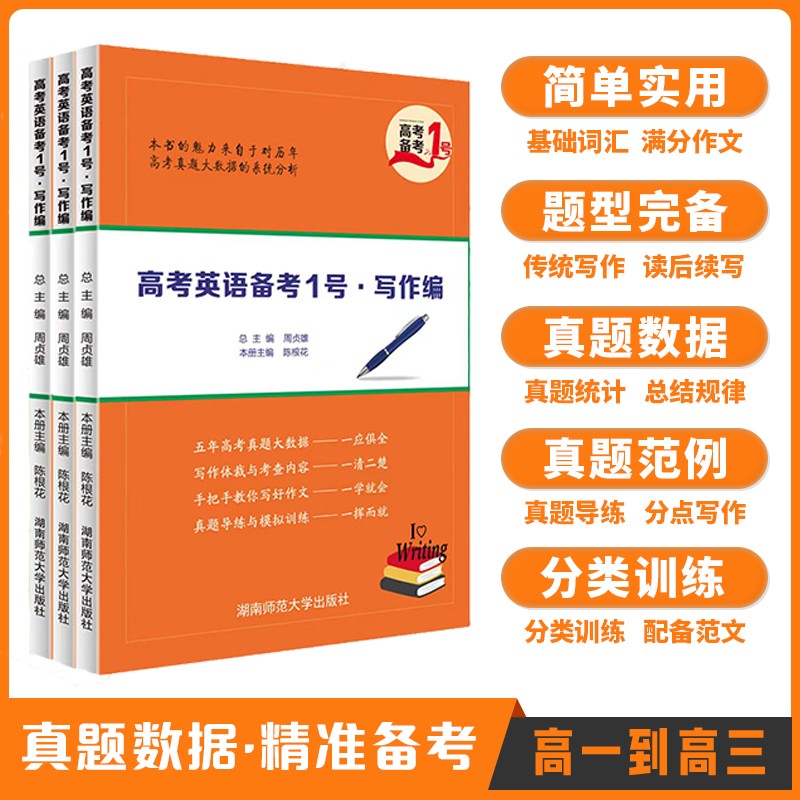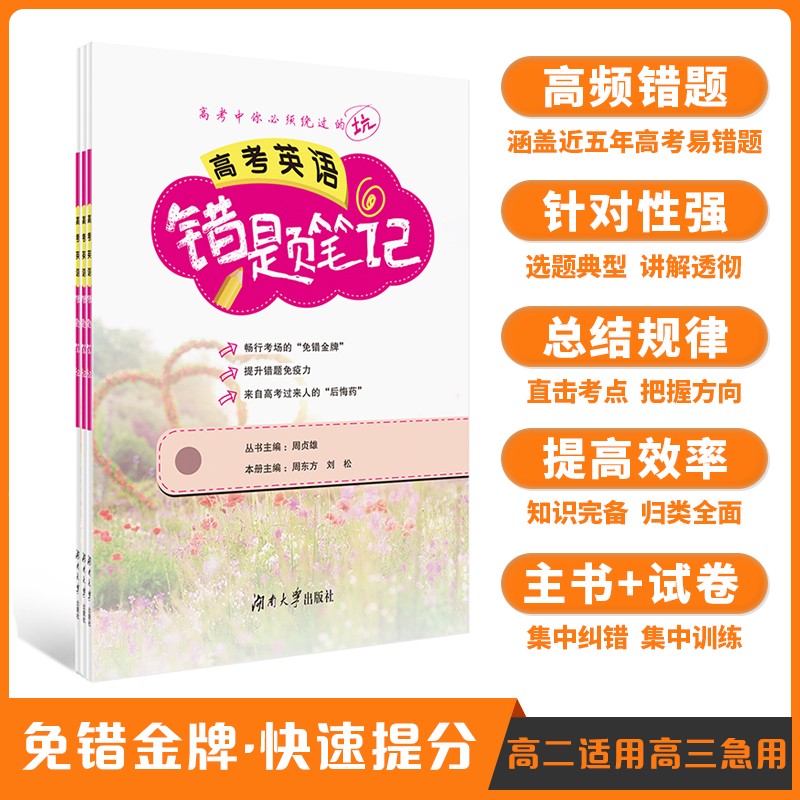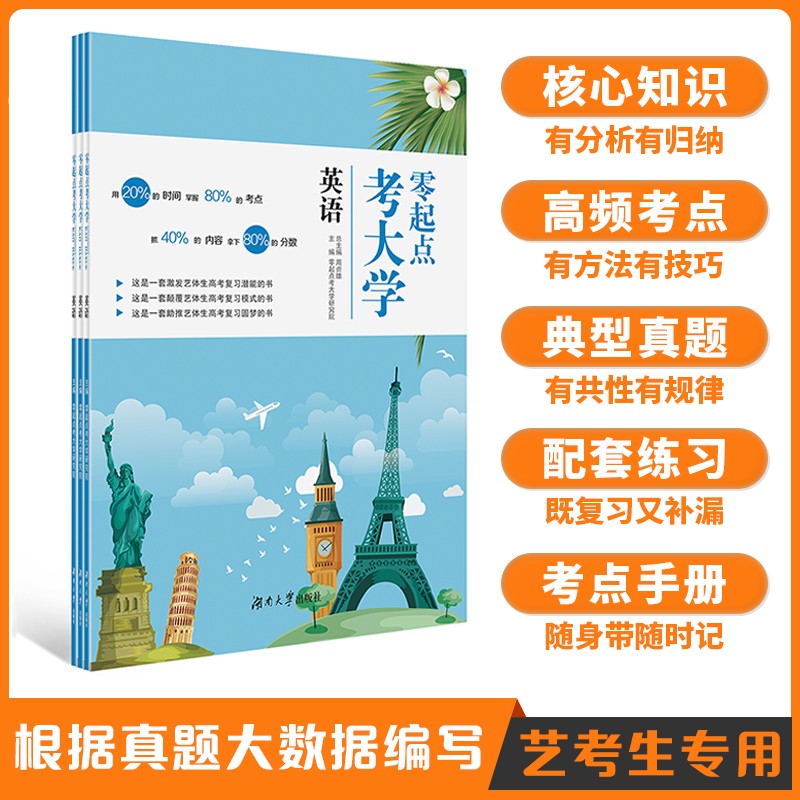是否是同位语从句的判断
The Tang Dynasty,which lasted from 618 through 907,was the most splendid period of the chinese history .
(ps: which这里是定语从句,这个我知道,但是逗号后面的那句,was the most.......这个是同位语吗?定语从句能做同位语成分吗?谢谢!
最佳答案 2019-01-03 09:12
The Tang Dynasty(主语),//which lasted from 618 through 907(非限制性定语从句),//was(系动词)// the most splendid period of the chinese history (表语).
参考译文:唐代是中国历史上最辉煌的时期/时代,这个最辉煌时期是从618年延续到907年期间。
主句:The Tang Dynasty was the most splendid period of the chinese history .
(修饰主句主语The Tang Dynasty的)定语从句:which lasted from 618 through 907
特别备注如下:
(1)以上只有一个有关系代词which引导非限制性定语从句,根本没有同位语从句。
(2)the most splendid period of the chinese history含有最高级的一个名词短语作表语,系动词是was,主语是the Tang Dynasty。
如果觉得我的回答对您有用,请随意打赏。你的支持将鼓励我继续创作!

其它 1 个回答
这个问题,问得有点蹊跷。
既然网友知道which引导了定语从句,你把它去掉,看看还剩下什么?
The Tang Dynasty (主语)was (系动词)the most splendid period of the Chinese history.(表语)
去掉定语从句后,就剩下一个简单句了。
“定语从句能做同位语成分吗?”——更是蹊跷。
定语从句就是“定语”,“同位语”和“定语”是两个各自不同、互不相干的成分,怎么会混为一谈呢?
如果觉得我的回答对您有用,请随意打赏。你的支持将鼓励我继续创作!

- 1 关注
- 1 收藏,3616 浏览
- 老蘑菇的忧伤 提出于 2019-01-02 18:19
相似问题
-
 《高考英语备考1号·速效编》
《高考英语备考1号·速效编》
-
 《高考英语备考1号·写作编》
《高考英语备考1号·写作编》
-
 《高中英语晨读晚记》
《高中英语晨读晚记》
-
 《高中英语错题笔记》
《高中英语错题笔记》
-
 《零起点考大学英语》
《零起点考大学英语》
-
